Whether you're an arborist just starting your career or a seasoned tree worker, you’ll agree that safety is paramount in your line of duty. Maneuvering your way around towering heights, wielding sharp tools, and bracing inclement weather are all in a day's work, reinforcing the importance of having quality arborist equipment. In the following sections, we'll delve into statistical data on arborist injuries and fatalities, highlighting how quality equipment significantly reduces risk. Moreover, we'll explore the significance of arborist certification, discuss high-quality arborist gear's importance, and underline the crucial role of tree surveying. Lastly, we'll discuss proactive measures for tree health, ensuring you walk away with comprehensive insights into avoiding gear-related injuries and promoting tree health.
Statistics on Arborist Injuries and Fatalities
The act of tending for towering trees and subduing beastly branches might seem like a peaceful, even therapeutic profession. Unfortunately, the numbers tell a different tale. Data shows that the arboriculture industry is fraught with occupational hazards, and the men and women who brave this line of work pay a considerable toll.
Injury Rate Among Tree Workers
Digging deeper into the statistics, one fact stands out like a towering oak: tree workers face an incredibly high injury rate. On average, tree service professionals sustain an estimated 239 injuries per 10,000 workers. You read that right - out of every 10,000 individuals working in the field, about 239 suffer from some form of injury.
These injuries can range from minor cuts and bruises to severe contusions, fractures, and even traumatic brain injuries. Factors that significantly contribute to these shocking figures include improper use of equipment, inadequate training, failure to use personal protective equipment, and, of course, the ever-looming threat of falling from great heights.
Average Number of Deaths in the Tree Care Industry
Now brace yourself for an even more somber statistic. The fatality rate for the tree care industry is staggering, standing tall at 110 per 100,000 workers. In the grand timeframe from 1992 to 2007, a total of 1,285 worker deaths were reported in the United States' tree care industry. This averages to an alarming 80 deaths per year.
Many of these fatalities result from contact with either a live electrical wire or a wieldy chainsaw. Navigating the delicate balance between trees and power lines has always been a dangerous high-wire act. Even seasoned professionals can fall prey to the punishing jolt of unchained electricity.
Chainsaw Injuries Among Arborists
Lastly, we lay bare the chilling statistics related to chainsaw injuries among arborists. The cold, hard facts reveal an annual toll of 23,000 chainsaw injuries within this occupational niche alone. Furthermore, chainsaws prove to be a lethal weapon in this field, accounting for 80 worker deaths on average.
Chainsaws, while essential to the arboriculture industry, can be a double-edged sword in the wrong or untrained hands. The speedy rotation of their jagged teeth, capable of reducing thick lumber to mere chips, can wreak unimaginable havoc on human flesh in a matter of seconds.
These stark figures emphasize the need for comprehensive safety training and strict adherence to safety protocols in the arboriculture line of work. When it comes to this noble profession, an ounce of prevention is, without a doubt, worth a pound of cure.
Significance of Arborist Certification
Choosing a career as an arborist is not only about planting and taking care of trees. It's also about understanding the science behind it, respecting the ecosystem's delicate balance, and contributing to a greener planet. That's where the importance of an Arborist certification comes into play.
By procuring such certification, arborists validate their understanding of tree biology, diagnosis, maintenance practices, and overall arboriculture. But why's it so important? Here's the kicker: arborists with certification are more likely to be trusted and hired by potential clients. It serves as proof of their expertise and commitment to their profession.
Let's delve a little deeper into the numerous perks of having an Arborist certification:
- Expertise validation: The certification, provided by recognized bodies, substantiates an arborist's knowledge base and practical skills. It shows they've met high standards of arboriculture.
- Increased professional opportunities: An arborist with a certification stands out in the job market. This recognition can open doors to opportunities that would've been otherwise inaccessible.
- Promotes safe practices: Training for certification enlightens arborists on safe working procedures, reducing the risk of accidents.
- Reputation building: A certified arborist often boasts a more significant reputation, leading to higher customer trust level and satisfaction.
"The best time to plant a tree was 20 years ago. The second-best time is now." – Chinese Proverb.
In choosing a career path, like arboriculture, it's essential not just to understand its operational aspects but also its broader impact. By becoming certified, arborists convey their commitment to maintaining the Earth’s green cover, and keeping trees healthy, strong while promoting biodiversity.
Next time you see a certified arborist, you're not just looking at a tree expert. You're seeing an individual dedicated to making our planet a greener, healthier place to be.
Quality Arborist Equipment & Their Importance
Arborists, or tree surgeons as they're commonly known, play crucial roles in maintaining and improving the health of our trees. Without them, we might find ourselves facing unsightly and potentially hazardous problems when trees become diseased or overgrown. Apart from skills and knowledge, one factor that significantly impacts an arborist's success is the quality of their equipment. High-quality, reliable equipment is indispensable in offering enhanced safety, smoother operations, and more efficient tree care solutions.
Tree Climbing Gear
Tree climbing gear is not just about consistency - it's primarily about safety. Spider harnesses, spikes, ascenders, or lanyards - each piece of equipment holds its weight. Here's why they're so vital:
- Enables ease of movement: A tree climber must have complete mobility to climb trees and conduct the necessary work. Quality gear allows arborists to move comfortably, reducing strains and ensuring efficiency.
- Maximize safety: Proper climbing gear can prevent slips and falls. Safety should never be compromised on this.
- Enhances job performance: Quality tools and equipment can improve an arborist's job performance by making difficult tasks manageable.
Rigging Equipment
Rigging equipment is necessary for safe, efficient tree cutting or movement. It's not just about the chainsaw or saw, but the system that's in place:
- Ensures safe felling: Rigging systems aid in controlled and safe tree cutting or lowering, protecting both the arborist and nearby property from accidents.
- Increases efficiency: Rigging equipment assists in moving heavy logs effortlessly, saving time and energy.
Proper Protective Gear
No arborist should ever step foot on a job site without protective gear – hard hats, goggles, and earmuffs. It not only safeguards them from potential hazards but can make the difference between a minor accident and a severe injury.
High-Quality Ropes and Monitoring Systems
Lastly, robust ropes and monitoring systems hold pivotal importance in tree climbing. The right rope can go a long way, literally and figuratively, ensuring a safe climb. On the other hand, monitoring systems can keep track of an arborist’s climbing patterns, importing data for identifying areas of improvement.
From safety to operational reliability, the Importance of Quality Products for arborists cannot be understated. As you've seen, it influences not just the individual arborist's safety and work efficiency but can reverberate to the surrounding environment as well. Hence, investing in top-notch arborist equipment isn't an option, but a necessity.
Importance of Tree Surveying
Have you ever pondered upon the health of the tall, serene giants that command our landscapes? These towering agents of nature, planted firmly in our ecosystems for years on end, often need a little human intervention to ensure their safety and longevity. It's here that the importance of tree surveying comes into the picture.
Tree surveying is an indispensable asset in preserving and maintaining the wellbeing of our trees and by extension, our ecosystems. It’s similar to conducting periodic health check-ups but for trees!
A tree surveyor assesses a tree, or a group of trees, for signs of disease, decay, or structural instability. Furthermore, this vital process also helps to identify and mitigate safety risks. With tree surveying, we can pinpoint trees that could potentially turn into hazards if not promptly and properly addressed. This includes the identification of trees that are diseased or dead.
Here are just a few noteworthy benefits of tree surveying:
- Health Assessment: One paramount aspect of tree surveying involves identifying symptoms and early signs of tree diseases. This allows for timely treatments which can often save trees from further deterioration, even possibly from premature demise.
- Safety Risk Management: Trees, especially large ones in public places or near buildings, need to be diligently assessed for risks. Dead or damaged branches, leaning trunks, weakly attached branches, all pose potential safety hazards. Tree surveying helps address these issues proactively.
- Ecosystem Conservation: Trees contribute significantly to the flourishment of local biodiversity. Therefore, keeping them healthy keeps our ecosystems thriving as well.
- Landscape Planning and Management: Tree surveys are critical for landscape development and enhancement projects. They provide crucial information about the local tree population that can aid in well-informed planning and efficient project execution.
Remember though, tree surveys should be performed by experienced professionals. Meticulous examination and analysis of trees require substantial knowledge and expertise to yield benefits. Our trees are both mighty and delicate. With appropriate efforts towards their protection and upkeep, they remain a testament to nature’s grandeur and resilience.
Hence, investing in regular tree surveys isn't just about maintaining individual trees; it’s also about safeguarding our communities and preserving Mother Nature’s magnificent green giants. At the heart of it, tree surveying is fundamentally about keeping our greenery in the pink of health!
Proactive Measures for Tree Health
Our surrounding flora brightens our world and enriches our ecosystems, making the preservation of tree health an important task. Far from being passive spectators of nature, we can play an active role in safeguarding these green giants. So, how can we do that? Surely, Mother Nature knows best for her creations. The answer is far simpler than you might think: as we take periodic health check-ups, similarly, trees also require regular care to maintain their well-being. By implementing proactive measures, we ensure the thriving of trees, fostering an audacious green cover that supports a myriad of life forms and purifies our environment.
Fertilization
First things first, let's talk about the equivalent to our balanced diet for trees - fertilizers. Fertilization is crucial for a tree's health and growth, just like how food is necessary for us. It provides the nutrients that trees need to grow strong and healthy. But not all trees need to be fertilized as every tree species has unique nutrition requirements. It's important to know the type of tree you are dealing with and its needs before proceeding with fertilization.
Just like people, trees also have their ‘food preferences’, which means trees prefer certain nutrients over others. The essential nutrients for trees include:
- Nitrogen – enhances vibrant leaf color and growth
- Phosphorus – assists in energy transfer
- Potassium – amplifies disease resistance and aids in water and nutrient movement
- Trace elements like magnesium, iron, and manganese – play vital roles in plant physiology
These vital nutrients contribute significantly to the health, growth, and longevity of trees.
Disease Prevention
Next up, disease prevention. As we maintain personal hygiene to stay healthy, similarly, trees require some preventive measures to guard against diseases. Unfortunately, too many people think only about treating tree diseases when they occur. However, a more sustainable and effective approach is to concentrate on the risk factors that make trees susceptible to diseases and address them directly.
Creating an environment conducive to tree health is key to preventing diseases. this includes:
- Regular watering – just as dehydration affects humans, insufficient water can weaken a tree's immune system, thus making them susceptible to diseases.
- Mulching – This creates a protective barrier around the tree, retaining water, controlling temperature and deterring weed growth.
- Pruning – The removal of dead or dying branches prevents the spread of disease and pests, much like how we trim our nails to prevent germs.
These proactive measures combined with regular checks can go a long way in maintaining tree health and preventing disease. As more and more people recognize the importance of trees, we hope these tips will stimulate a shared responsibility towards promoting tree health. Protecting our trees is not just good stewardly of our lands; it is safeguarding the very essence of life on Earth.
Conclusion
Taking all of the above into consideration, it's crystal clear that the arborist's work isn't just about trimming or felling trees. Along the way, risk management, mitigation, and the continuous investment in top-notch, high-quality gear like that provided by Rain Gear Pro is crucial to maintain a safely operable environment.
Being an arborist is a noble and rewarding profession. However, it needs the optimism of safe tree care practice, with a realistic understanding of the risks involved and the measures to mitigate them. Certification, regular tree surveying, and proactive tree health measures are all part of the job. Yet, without the right equipment, all this preparation and affinity for tree care fall short in ensuring safety.
At Rain Gear Pro, we share a parallel vision of incorporating safety into every facet of the arborist's profession. Designing gear that fits the arboristic needs, like our chainsaw safety pants, we consider preventive safety measures every step of the way. Our products assure not just protection and comfort but also longevity, making them a worthwhile investment for every arborist.
Remember, arboriculture, when armed with intellect, certified training, and superior quality gear from trusted manufacturers, makes the profession safer and more effective – it benefits not only the arborist but also the green life under his or her care.
Frequently Asked Questions
-
What are some common gear-related injuries that arborists can face?
Some common gear-related injuries that arborists can face include falling from heights due to faulty or inadequate safety harnesses, cuts and lacerations from poorly maintained or low-quality chainsaws, hand injuries from misuse or improper handling of climbing ropes, and foot injuries from wearing inappropriate or ill-fitting boots.
-
How can using low-quality arborist equipment contribute to injuries?
Using low-quality arborist equipment can contribute to injuries as it may not provide the necessary durability, strength, and safety features required for the job. Malfunctioning or substandard equipment can fail when subjected to high stress, leading to accidents and injuries.
-
Why is it important to invest in high-quality arborist equipment?
Investing in high-quality arborist equipment ensures the safety of the arborist during tree care operations. High-quality gear is designed and tested to meet industry standards, providing better protection, reliability, and durability, thereby minimizing the risk of accidents and injuries.
-
What should arborists look for when choosing quality equipment?
Arborists should look for equipment that is compliant with relevant safety standards, made from durable materials, has ergonomic features for comfort and ease of use, and is recommended by reputable professionals and organizations within the arborist industry.
-
How often should arborist equipment be inspected and maintained?
Arborist equipment should be regularly inspected and maintained according to manufacturer guidelines and industry best practices. Routine inspections ensure that all gear is in good working condition, reducing the risk of equipment failure and potential injuries.



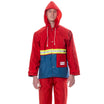

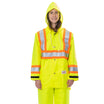
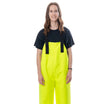

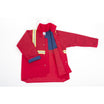









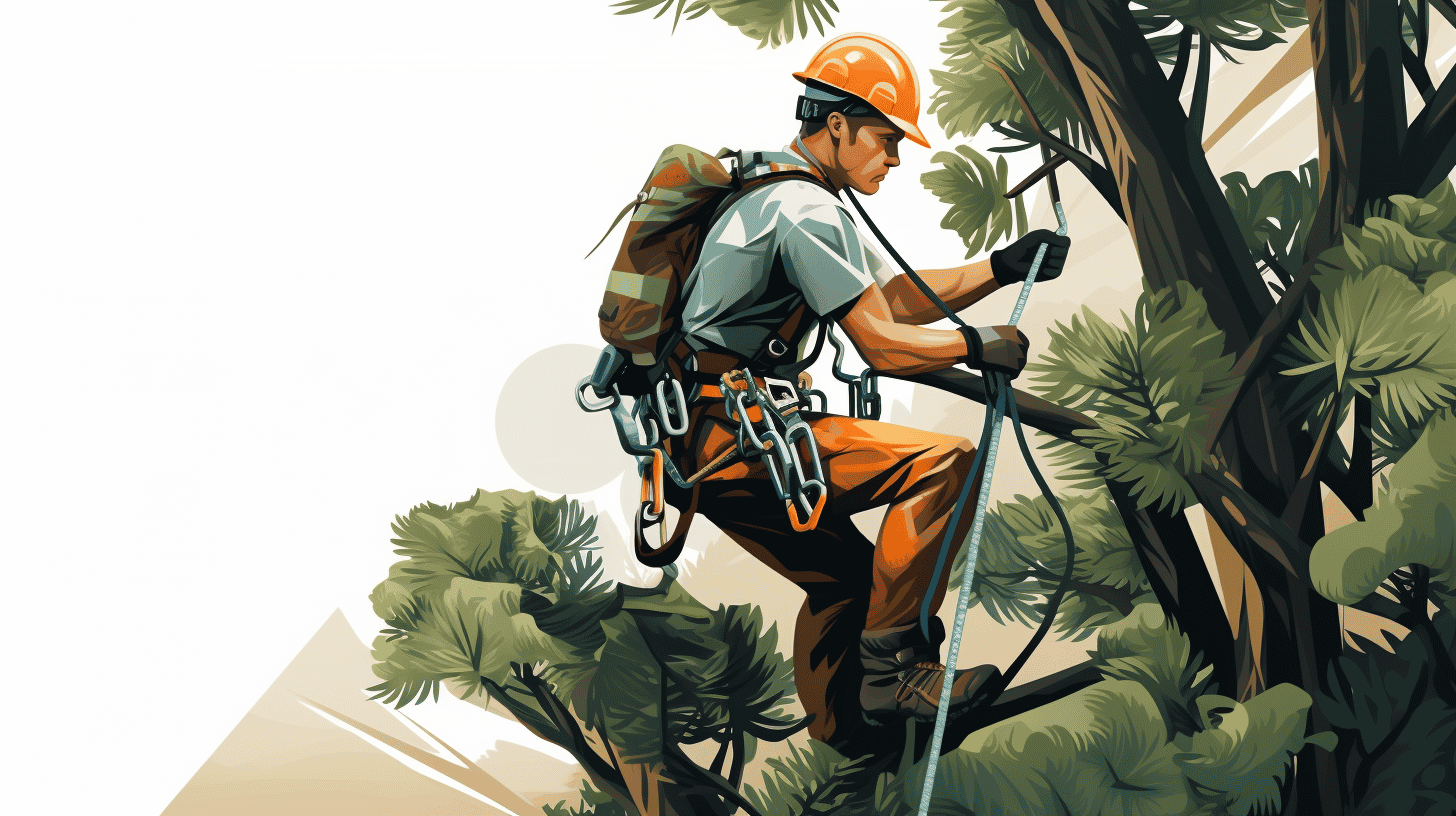

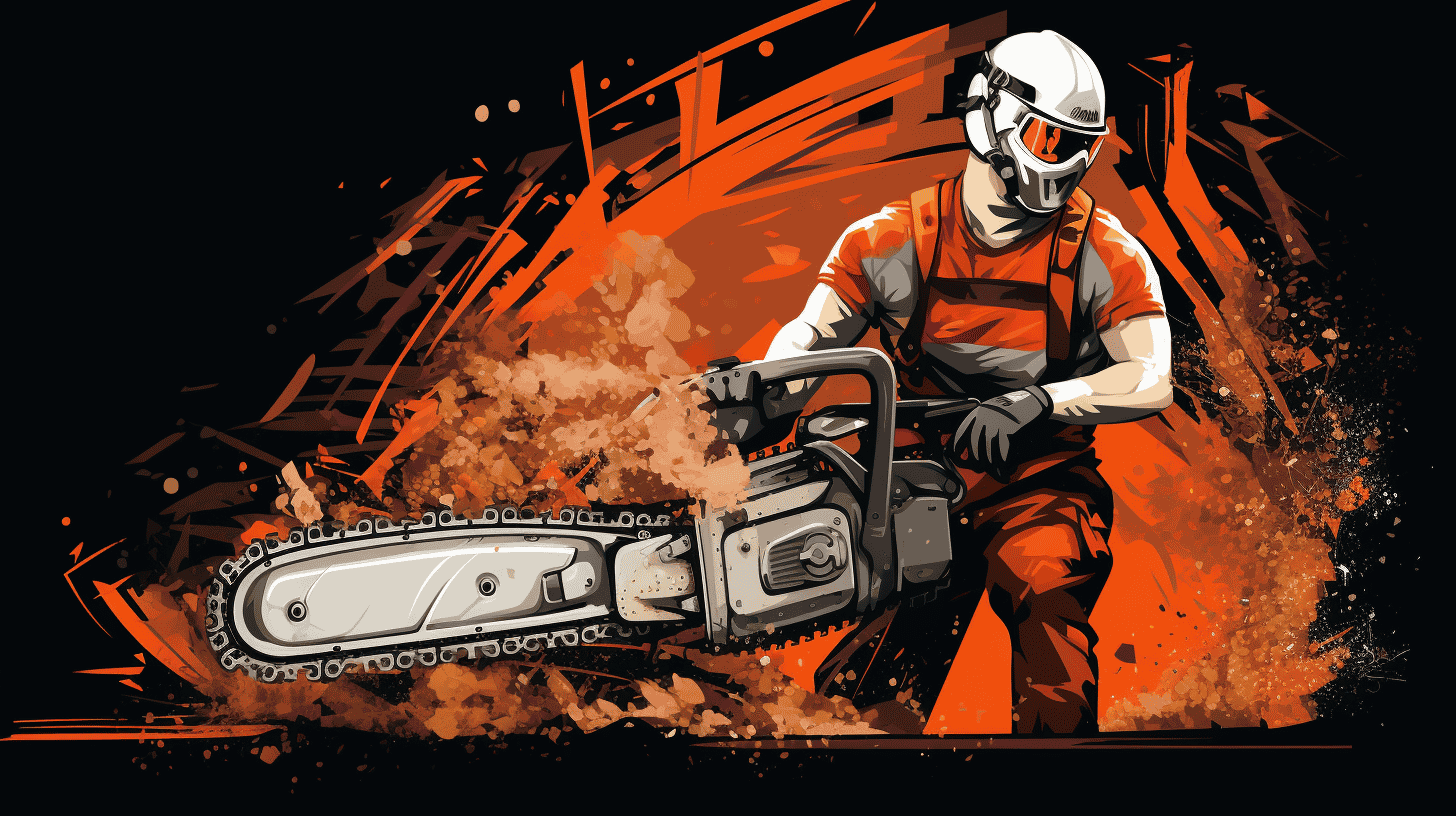
Leave a comment
This site is protected by hCaptcha and the hCaptcha Privacy Policy and Terms of Service apply.